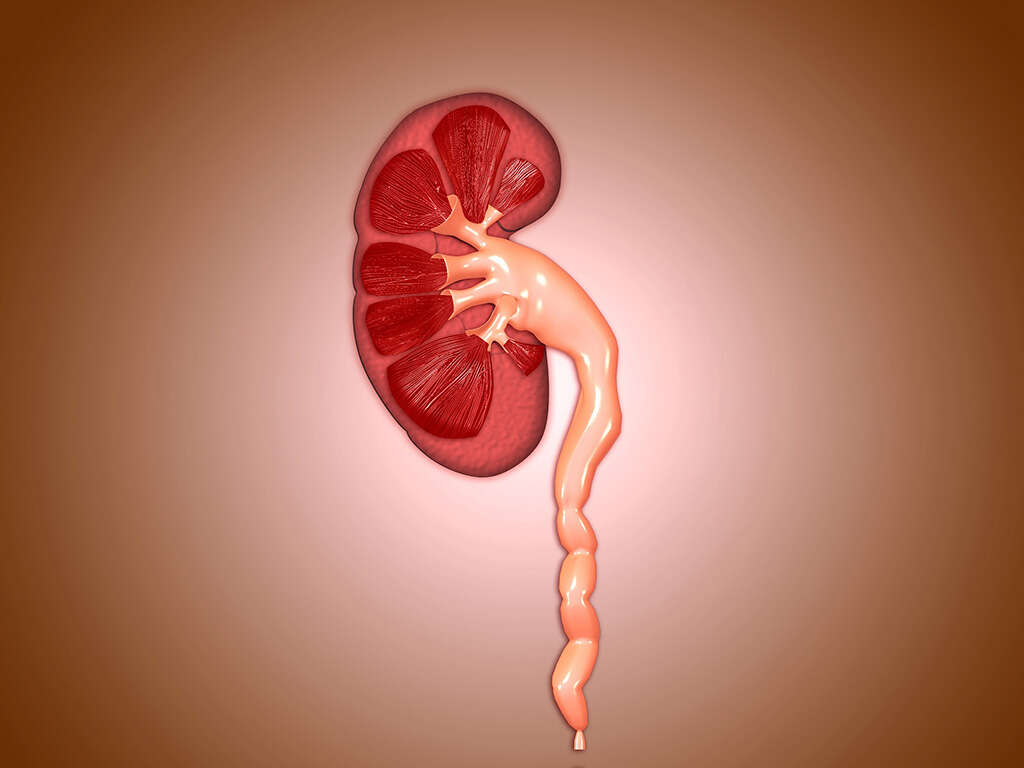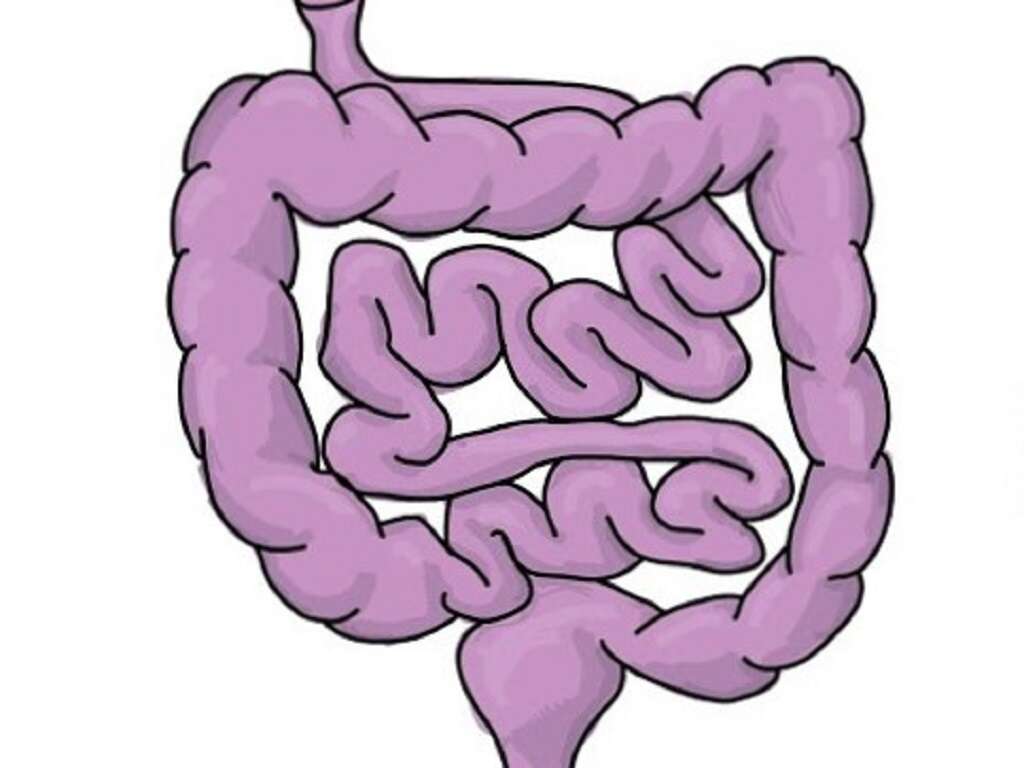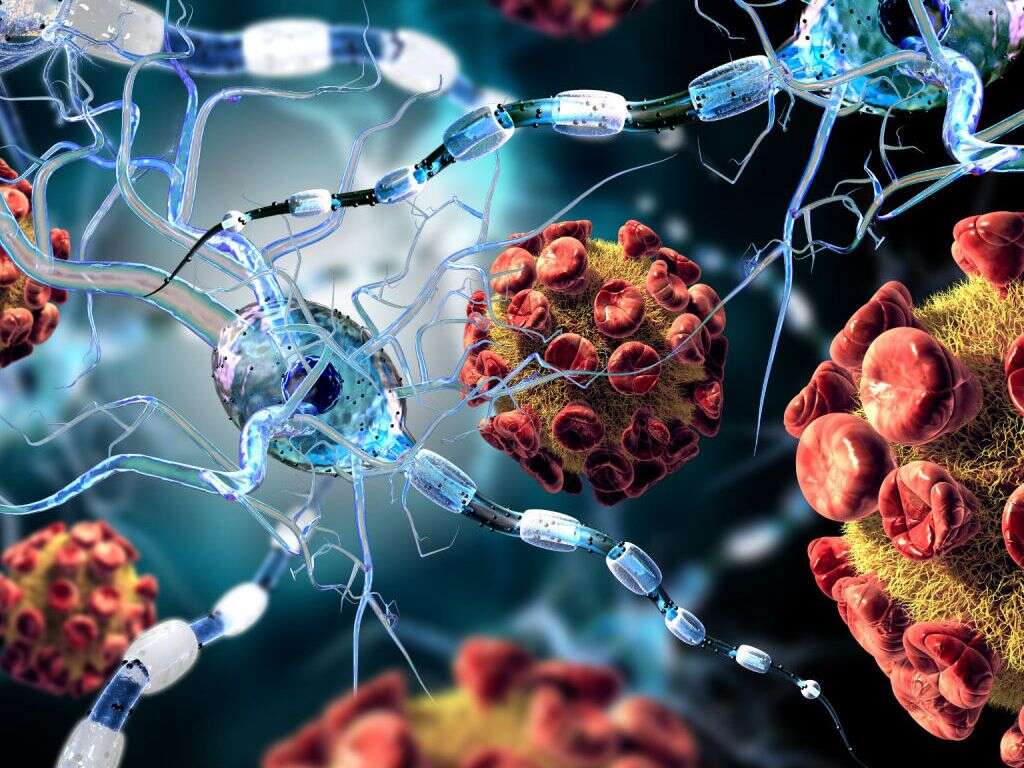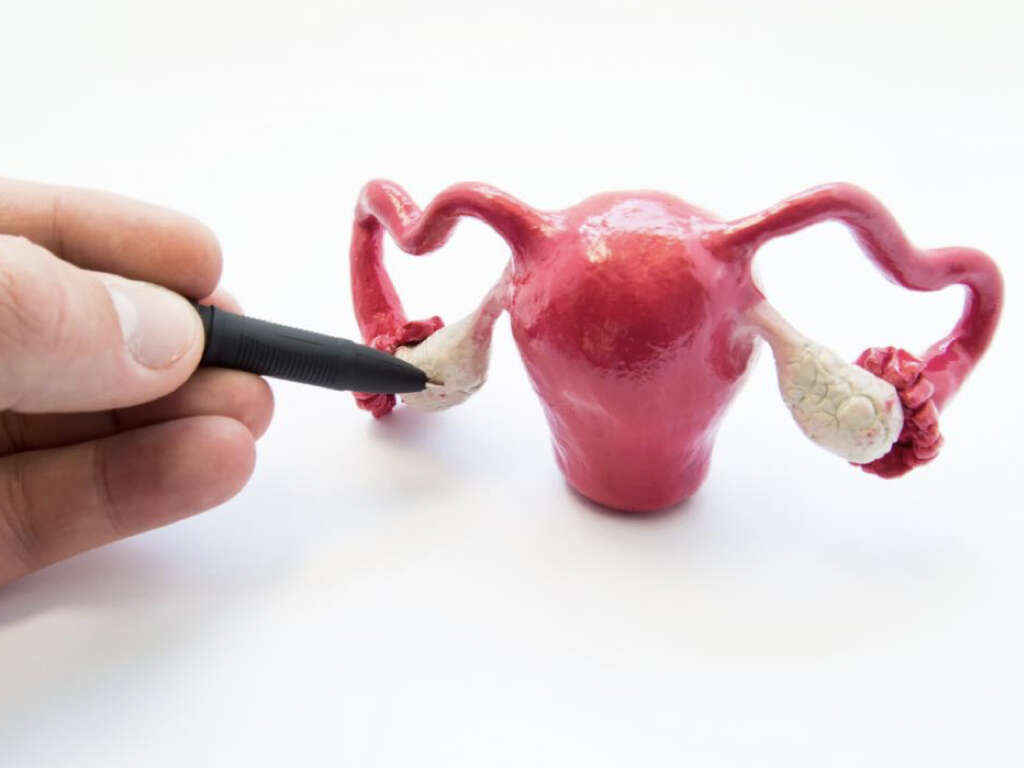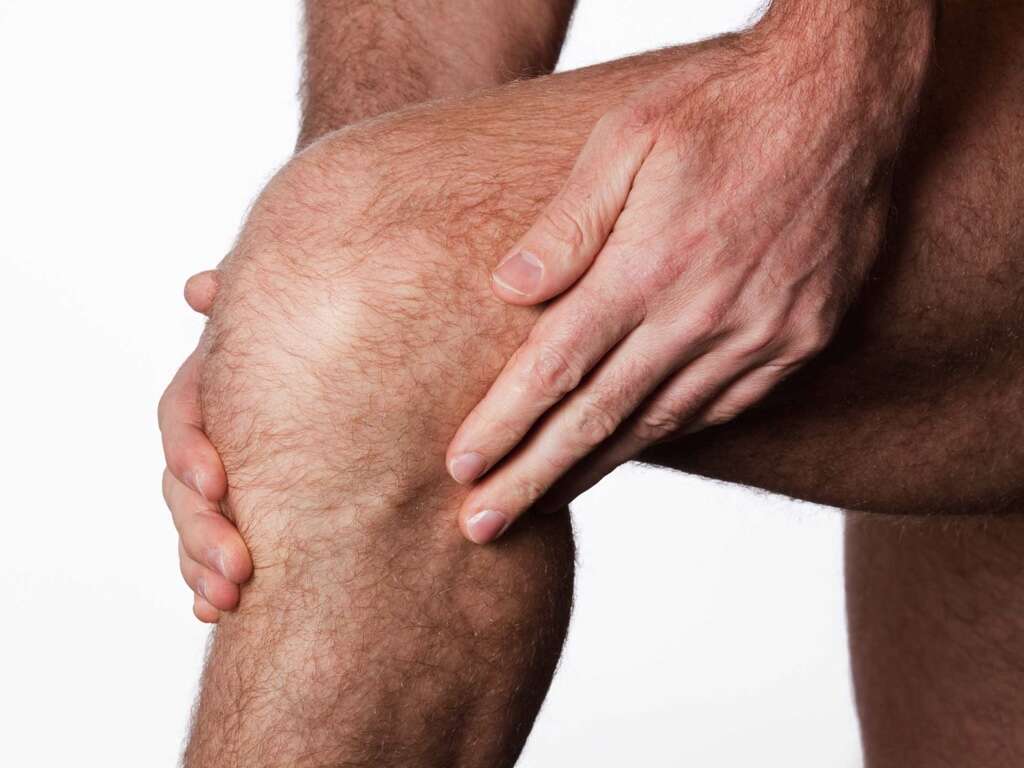10 Pelvic Inflammatory Disease Symptoms
 Article Sources
Article Sources
- 1. Pelvic Inflammatory Disease – Epidemiology. Author: Kristi A Tough DeSapri – Medscape https://emedicine.medscape.com/article/256448-overview#a5
- 2. Infertility Frequently Asked Questions (FAQs) – Division of Reproductive Health, National Center for Chronic Disease Prevention and Health Promotion - https://www.cdc.gov/reproductivehealth/infertility/index.htm
Pelvic Inflammatory Disease (PID) is an infectious condition of the upper female genital tract. It usually begins as a vaginal or cervical infection that ascends into the fallopian tubes, uterus, and/or other nearby structures of the pelvic area. The most common organism associated with PID is Chlamydia trachomatis but other organisms like Neisseria gonorrhea, and Gardnerella Vaginalis may also cause this condition.
According to the Centers for Disease Control and Prevention (CDC), over a million women are affected by pelvic inflammatory disease each year.1Pelvic Inflammatory Disease – Epidemiology. Author: Kristi A Tough DeSapri – Medscape https://emedicine.medscape.com/article/256448-overview#a5 Sexually-active women below 25 years of age are most commonly affected by this condition. Risk factors include having multiple sexual partners, a history of sexually transmitted infections (STI), and recurrent unprotected sexual encounters.

1. Abdominal Pain
Abdominal pain is a non-specific symptom associated with many conditions. The location and characteristics of the pain can help to distinguish between different pathologies and it can be very useful information to the clinicians in order to provide an accurate diagnosis.
Pain in the lower part of the abdomen and pelvis is the most common symptom associated with pelvic inflammatory disease (PID). It can be mild to moderate and it usually lasts less than 7 days. Usually, the pain starts a few days after the onset of menses and it can be exacerbated by exercise.

2. Vaginal Discharge
Vaginal discharge is normal in healthy women. Liquid or clear mucous discharge is nothing to be worried about as it helps to protect the vagina from unwanted pathogens. On the other hand, abnormally thick or foul-smelling vaginal discharge can be a symptom associated with many conditions that require medical assessment. The yellow or green coloring of the vaginal discharge is also a clear sign that something is not right.
Changes in vaginal discharge are present in over 70% of patients with pelvic inflammatory disease. Depending on the pathogen, it can be a thick mucus discharge or it can even appear as a greenish and foul-smelling discharge as well.

3. Vaginal Bleeding
Vaginal bleeding is a normal phenomenon for women, granted it is associated with their usual menstrual cycle. Changes in the normal volume of blood and/or experiencing bleeding outside of the normal menstrual cycle constitute abnormal vaginal bleeding. This is a non-specific symptom associated with many conditions and it is fairly common among women of all ages.
Patients with pelvic inflammatory disease may experience vaginal bleeding between periods. Many women will experience bleeding shortly after or even during intercourse which can be a very alarming event. If you are experiencing this symptom, it is important to seek medical attention to get a proper diagnosis before jumping into any conclusions.
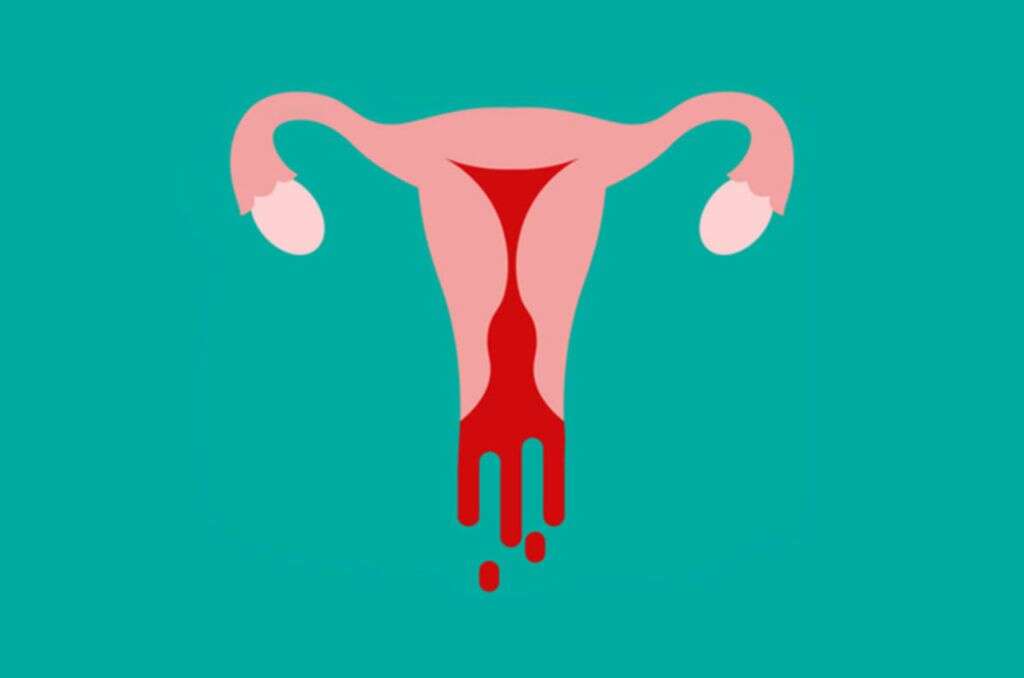
4. Pain During Sexual Intercourse
Dyspareunia is the medical term that describes pain during or after a sexual encounter. Conditions like vaginismus and sexually transmitted infections (STI) may cause pain in the genital region, whereas endometriosis and pelvic inflammatory disease (PID) are associated with deep pelvic pain.
Patients with pelvic inflammatory disease often pain during sexual encounters. It can be mild to severe and it is quite a disrupting symptom. Given the fact that many conditions may cause dyspareunia, it is important to seek medical attention as soon as possible to find out exactly what is wrong.

5. Fever
A fever is an increase in body temperature. Usually, the temperature should be above 38C (100.4F) in order to be considered as a fever, but this depends on the site where the temperature is being measured. A fever is usually a response of the body to a threat. By increasing the body’s thermostat set point, we start to shiver to generate heat in order to reach the new temperature that has been set.
Pelvic inflammatory disease is an infectious condition, therefore, it is quite normal for patients to experience episodes of fever. On its own, this symptom is hard to associate with PID, but when other symptoms like pelvic pain and vaginal discharge appear, the diagnosis becomes more obvious. Nevertheless, you should always seek medical attention for proper diagnosis.

6. Nausea
Nausea is commonly defined as the urge to vomit. It can appear suddenly but, in some cases, it has an insidious onset. It is a non-specific symptom that can be associated with many conditions, but it can also be triggered by certain events or things in our surroundings.
Like many inflammatory and infectious conditions, pelvic inflammatory disease can cause non-specific symptoms like nausea. This symptom can be due to the infection process and/or it could be related to the abdominal or pelvic pain that most patients experience.

7. Vomiting
Vomiting is the abrupt expulsion of the gastric content through the mouth and sometimes through the nostrils as well. Usually, nausea precedes an episode of vomiting, but this is not always the case as there are conditions that cause vomiting to happen without little to no warning (also known as projectile vomiting).
Pelvic inflammatory disease may cause patients to feel nauseous and sometimes this may lead to vomiting. Even though it is not a common symptom and it is not specific to this condition, it is important to know that it can happen. Vomiting can lead to dehydration which has the potential to further complicate the situation, therefore, if this symptom persists, you should seek medical attention for a proper diagnosis.

8. Pain During Urination
Dysuria is the medical term used to describe the presence of pain during urination. It is a non-specific symptom associated with many conditions such as a urinary tract infection (UTI), kidney stones, and sexually transmitted infections (STI) to name a few. This symptom is often described as a burning sensation during urination and it can be quite a painful experience.
The most common causes of pelvic inflammatory disease are organisms associated with sexually transmitted diseases (STI) like chlamydia trachomatis and Neisseria gonorrhea. Therefore, it is common to find STI-related symptoms like dysuria in the early stages of pelvic inflammatory disease as well.

9. Malaise
Malaise is a very subjective symptom that can be described as a general feeling of discomfort or a state of uneasiness that is quite difficult to describe. Due to its subjectivity, it is not a very helpful diagnostic tool, as it is a non-specific symptom that can be associated with many conditions.
Patients with pelvic inflammatory disease may experience a general feeling of being unwell from time to time. It can be associated with other symptoms like pelvic pain or fever which is quite a common complaint of these patients.

10. Infertility
Infertility is defined as the inability to get pregnant after 12 months of regular unprotected sexual intercourse. According to the Centers for Disease Control and Prevention (CDC), as much as 6% of all women aged 15 to 44 in the US are affected by this issue.2Infertility Frequently Asked Questions (FAQs) – Division of Reproductive Health, National Center for Chronic Disease Prevention and Health Promotion - https://www.cdc.gov/reproductivehealth/infertility/index.htm There are many conditions that may cause infertility in both men and women.
In the context of a patient with pelvic inflammatory disease, infertility is not a symptom. Infertility is a sign that the disease is progressing and complications are starting to appear. Due to the inflammation process, some scars might form in the upper genital tract, which eventually may cause problems to conceive. This is one of the most common complications associated with PID.



